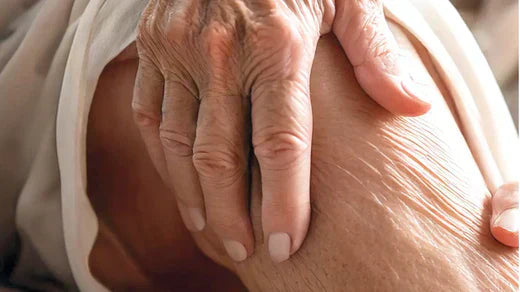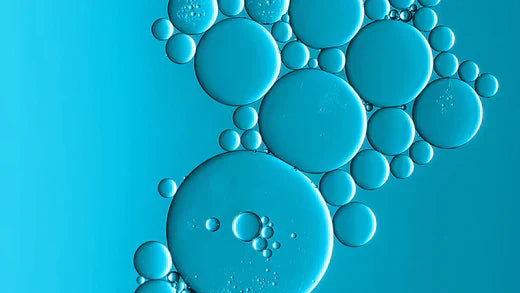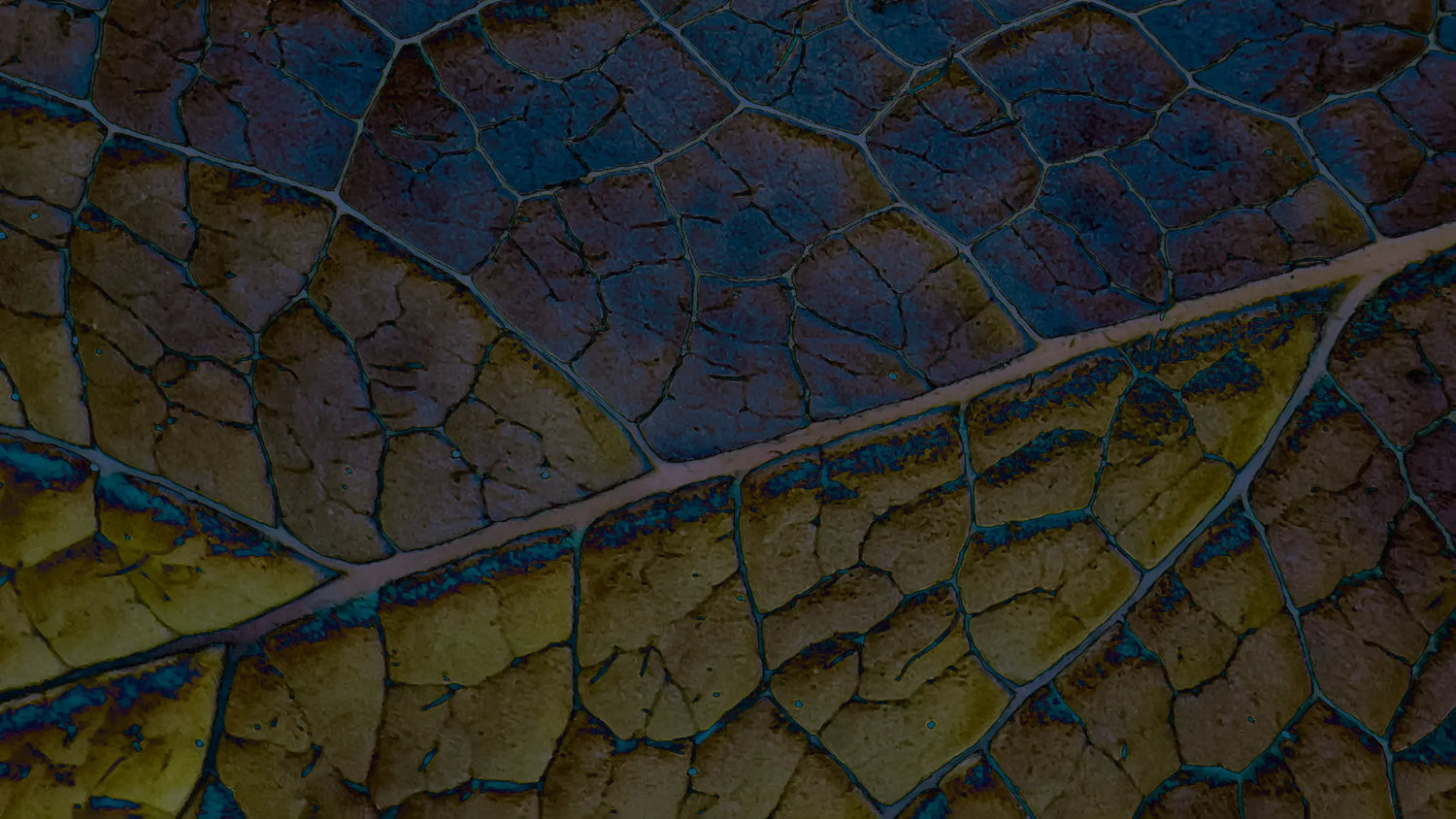With the right bath additive, the bath becomes an experience
Which gender actually bathes the most? - In addition to a shower, a pleasant bath is also an option for personal hygiene. Around 32% of all women get into the bathtub at least once a week. For men, the figure is around 19% - and the trend is rising. Baths are therefore very popular with both genders. In this article, we would like to show you everything about bath additives and soap. What the differences are and whether children should also use a bath additive - you will now find out all this and more.
What is a bath additive?
In order for a soothing bath to fulfill its purpose for body care, a bath additive is needed in addition to water. These are available in a wide variety of forms. They can be liquid, granular or powdery and are added to the bath water. They also differ in their effects. On the one hand, their pleasant scents can contribute to relaxation and recovery. Still others support the health of the skin and the immune system. There are also bath additives that promote blood circulation and have a positive effect on the appearance of the skin. A bath additive can therefore be chosen for cosmetic or health reasons.
What bath additives are there?
Let’s now take a look at the different bath additives in detail:
#1. Bath additive: bubble bath
The most well-known bath additive is the bubble bath. It transforms the tub into a pleasantly scented cloud that you want to immerse yourself in. A bubble bath has a cleansing effect and also helps you relax.
#2. Bath additive: bath oil
Another bath additive that has been used for thousands of years is bath oil. Bath oils do not produce foam, however. However, the water can sometimes change color. These bath additives are used primarily for reasons of wellness and skin health.
#3. Bath additive: bath tea
Another bath additive is bath tea. Bath tea works in a similar way to tea for a cup. This bath additive is mostly used to support health.
#4. Bath additive: bath salts
Bath salts are also very popular as a bath additive. They provide a pleasant massage in the bathtub and are usually mixed with essential oils and other aromas. They cleanse the skin deep into the pores, remove dead skin and encrustations, and allow minerals to be absorbed by the skin. Bath salts also reduce sebum production.
When should a bath additive be added to the water?
The desired bath additive is always added to the water before the bath begins. However, with some bath additives, such as bath tea or bath chocolates, you should not get into the water straight away, as the additive needs to be distributed first. With a bubble bath, however, you can enjoy the bath straight away after adding it. Bath oils should be mixed with a little milk or cream beforehand and only then added to the bathtub. Otherwise, the soothing oil would just float on the surface of the water. More detailed information can always be found on the packaging of the bath additive.
Which bath additives are good during pregnancy?
During pregnancy, women should stay in the bath for 10 to a maximum of 15 minutes at a water temperature of 33°C to 37°C. A higher bath temperature could lower blood pressure and thus cause circulatory problems. In addition, the risk of inducing contractions also increases if the water is too warm.
Bathing usually removes a lot of moisture from the skin. For this reason, pregnant women should always choose moisturizing bath oils when choosing bath additives. These provide moisture and gently cleanse the skin. An aromatic bath can also be highly recommended during this time. Lemon balm oil is generally very suitable for effectively cleansing the skin with a bath. For a good time in the bath with a calming effect on the body, you should use lavender or rose oil.
The following essential oils are ALLOWED for pregnant women:
- Neroli
- Vanilla
- lavender oil
- rose
- sandalwood
Which bath additives should be avoided during pregnancy?
In addition to the soothing bath oils, there are also other bath additives that are unsuitable for pregnant women. These include bath salts. These give the bath water a higher mineral content and thus heat the water even more. This could result in an increased heart rate. In addition, there is a whole range of ingredients that are not suitable for pregnant women. These include parabens, which are a preservative and are used in many cosmetics. Aluminum chloride, oxybenzone and toluene should also be avoided. The last three mentioned are usually not used in bath additives, but in nail polishes and sunscreens.
Always clean the bathtub thoroughly before bathing!
Before a pregnant woman can enjoy a bath, the tub should be cleaned, preferably with non-toxic cleaning agents. This is because the vaginal tissue is extremely sensitive during pregnancy and could otherwise become inflamed. Any bacteria in the tub that could enter the vagina should be prevented by thoroughly cleaning and rinsing the tub.
The following essential oils should be AVOIDED by pregnant women:
- mint oils
- sage
- yarrow
- basil
- Cinnamon
They all promote blood circulation and can therefore induce contractions! You can find out more about essential oils in our article: Essential oils – the pure power of plants
At what age should children use bath additives?
The point at which a child should come into contact with a bath additive depends on their age. In general, it is important to protect the skin and its acid mantle in the first two years of life. This is because the skin is only just developing and should not be hindered by a bath additive. In addition, babies should not be bathed more than twice a week for a maximum of five minutes. Bathing too often also has a strong effect on the skin. This causes it to lose a lot of moisture and therefore elasticity, becomes cracked, red and begins to itch.
Children should also not bathe too often later on. The water temperature should not exceed 37.5°C to avoid drying out the skin. Gentle bath additives and children's baths can be added after the second year to make bathing fun. You can find more detailed information from the manufacturer.
Which bath additives for neurodermatitis?
People with neurodermatitis have a particularly hard time when it comes to personal hygiene. When it comes to bathing, a few important points should not be neglected. You should not take a full bath more than twice a week. The water should not be warmer than 35°C and the bathing time should be limited to 15 to 20 minutes. You can find even more information on this topic in our article: How does skin care work for neurodermatitis?
When it comes to bath additives for neurodermatitis, soaps should not be used. Instead, special shampoos and gentle bath additives should be used. One possible bath additive for neurodermatitis is an alkaline bath.
The alkaline bath
While bathing in an alkaline bath, the skin can be completely and gently cleansed. On the one hand, this bath additive ensures that skin irritations and itching are alleviated. It also helps to improve the skin's appearance and promote moisture. The alkaline bath should not take longer than 20 minutes and should take place no more than once a week.
In addition, the following are also recommended:
- moisturizing oil baths
- whey baths
- and a bath with Dead Sea salt
When was the last time you had a relaxing bath?
After a long day, a soothing bath can replenish your energy reserves and support your health as well as your body care. In our online shop you will therefore find a fine selection of bath additives that you should take a look through!





